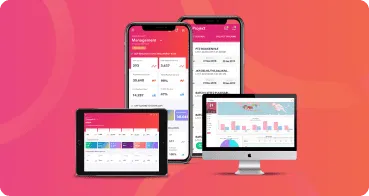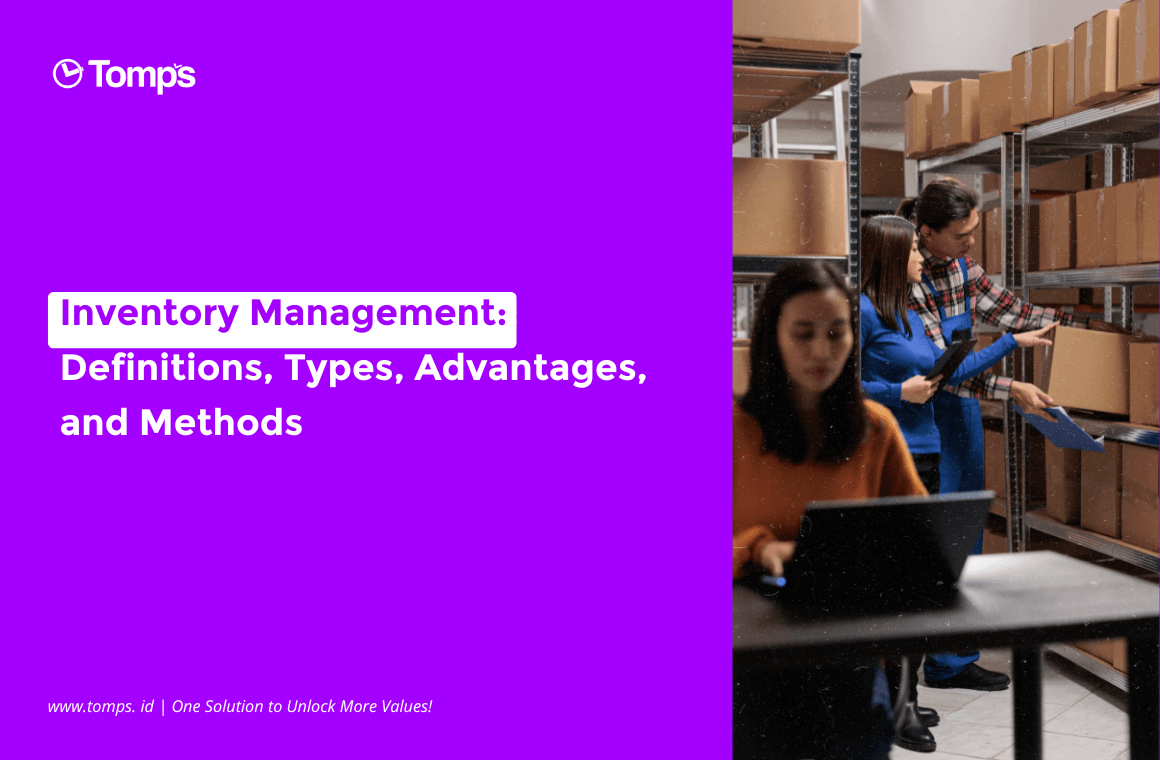Risk management is one of the most important things in running a business or a project. Risk management is useful for minimizing the possibility of unwanted harm. If you are a manager, you must be able to do risk management. Read below for more information on the meaning of risk management, the benefits of risk management, the constraints of risk management and examples of the application of risk management.
Definition of Risk Management
Risk management is a process of monitoring, managing and making decisions. This is done to avoid negative things that might befall the company and cause losses.
Risk management according to Smith (1990) is the process of identifying, measuring and controlling financial risks that threaten the assets and income of a company or project that can cause damage or loss to the company.
Benefits of Risk Management
In carrying out risk management, there are a number of benefits that you can get. Here are four benefits of risk management:
1. Helping Companies to Achieve Vision and Mission
The benefit of corporate risk management is that it helps the company achieve its vision, mission and business goals. Without the right company risk management process, you will find it difficult or even fail to realize the vision and mission.
2. Preventing Companies from Collapse
Risk management can also prevent a business from collapsing. There are many factors that can cause your business to go bankrupt, from financial management factors to human fraud. The risk management process is one of the most effective solutions to avoid bankruptcy, especially from a financial perspective.
3. Increase Company Profit
In addition to minimizing threats, the risk management process can also be used to increase business profitability. With the company’s risk management, you can analyze resource management that is less efficient and effective.
4. Maintaining Stakeholder Trust
The last benefit of corporate risk management is for stakeholders to continue to trust you, so that your business reputation will be maintained. If your company is proven to have a good name in the eyes of stakeholders, more stakeholders will come to you to start cooperation.
Risk Management Constraints
1. Incompetent Leader
Failures that occur in risk management almost always occur due to the fault of the leader. This is indicated by the frequent use of company executives to ignore and dismiss bad news that implies that the implemented strategies are not working. In addition, there are other characteristics such as the absence of opportunities for members of the organization or other employees to contribute to strategy and policy making, this is related to the level of trust of company executives with the competence of their employees.
2. Not Connecting Risk Management with Real Time Data
Risks in a project can occur due to inappropriate and unrealistic strategy formulation. As a result, the handling method that has been made cannot be used because it is not appropriate. To avoid this kind of failure, in carrying out risk management, it is necessary to implement a program that can integrate all parts of business operations and generate real time data. Thus, strategic planning and risk management can be well connected.
3. Not Considering Risk Opportunities
Naturally, a manager will usually associate project risk with bad things. The project manager must have attended various trainings or read books related to risk management. However, there are still many who often neglect to address the risk opportunities that can have a positive impact on a project.
Example of Application of Risk Management at PT Angkasa Pura I
The Risk Management System at PT Angkasa Pura I (Persero) is implemented to provide direction and boundaries as well as clear responsibilities for the implementation of Risk Management. In general, the Risk Management Function within PT Angkasa Pura I (Persero) is responsible for ensuring the implementation of the Risk Management process by all Risk Owners. PT Angkasa Pura I (Persero) has officially launched the use of a web-based application (irisk.ap1.co.id) to implement risk management and carry out risk monitoring regularly since 2019. This aims to facilitate risk owners. in conducting risk input to monitoring the risks they manage on a regular basis, providing the latest information to management in terms of decision making and is aimed at improving the risk culture within PT Angkasa Pura I (Persero).
Source: crms indonesia, hashmicro, ocbcnisp, Ap.co.id







